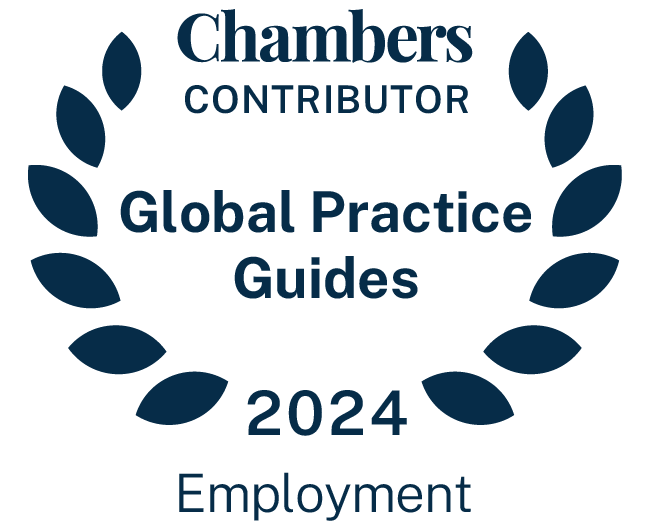Inconsistent Explanations Dooms Employer’s Defense Against Race Discrimination Claim
In reversing a federal trial court’s decision in favor of the employer on an employee’s reverse race discrimination claim, the U.S. Court of Appeals for the Seventh Circuit noted that the employer “told two incompatible stories about both how and why” it made the promotion decision at issue.
In Runkel v. City of Springfield, the employer selected a Black candidate for a position, and a white employee alleged that she was denied the promotion based on her race. In defending against the charge of discrimination that the employee filed with the Equal Employment Opportunity Commission, the City asserted that the selected individual had more education, seniority and professionalism. However, the decisionmaker (the mayor) also asserted that he did not compare the successful candidate to anyone else, and publicly stated that his hiring of a Black woman was an example of how his administration was “moving toward reflecting the city’s demographics.” Moreover, before offering the job to the successful Black candidate, he offered the job to another Black candidate, who declined the position.
The Seventh Circuit noted that the employer’s “different stories for the hiring appear inconsistent as to both the procedure used (was there a comparison of candidates or not?) and the substantive reasons for the hiring (was race part of the decision?).” Added to the mayor’s race-related comments about the hire, the Seventh Circuit found that the inconsistencies could allow a jury to find that the City’s explanations were pretext for intentional race discrimination in violation of Title VII.
It is important for employers to remember, even with the heightened focus on diversity, equity and inclusion in the workplace, that employment decisions should not be based on race (absent very rare and legally constrained circumstances). It is also important to be able to identify objective, non-discriminatory criteria for hiring selections and to be able to clearly and consistently articulate those criteria both during and after the hiring process.







